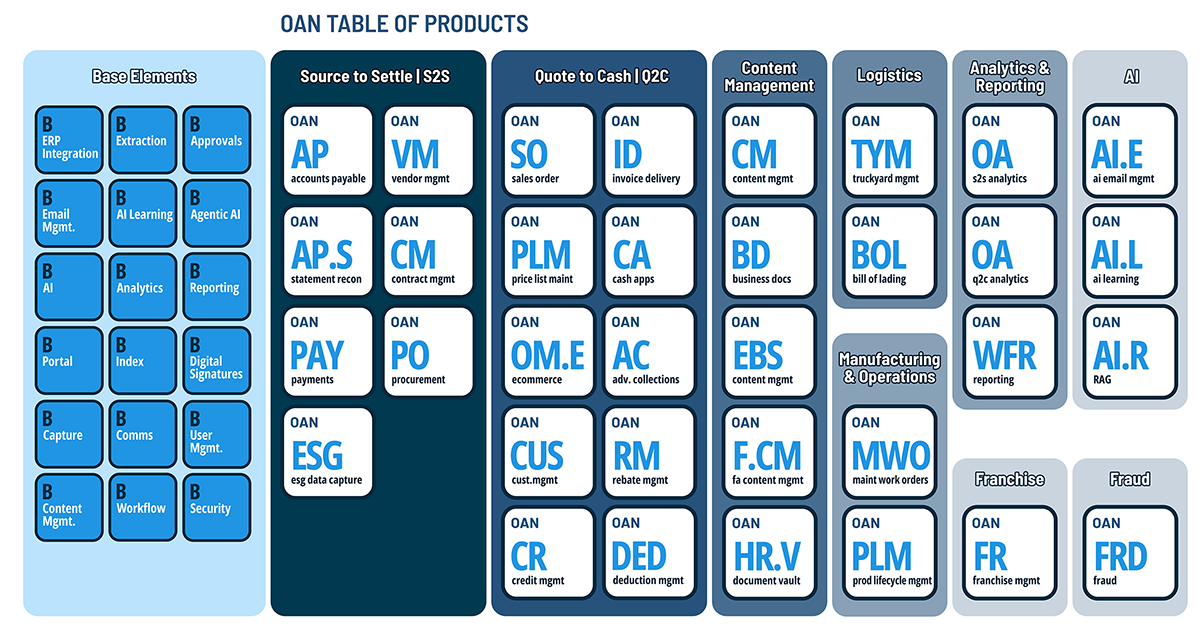In an increasingly globalized economy, the structure of modern enterprises is growing more complex. Multinational organizations routinely operate across multiple entities, geographies, and currencies—generating an intricate web of intercompany transactions that must be managed, reconciled, and reported with precision.
For finance teams, this complexity introduces both operational and regulatory challenges. Manual processes, fragmented systems, and siloed data create bottlenecks that slow close cycles, increase compliance risks, and strain internal controls. To remain agile and audit-ready, CFOs are turning to intercompany accounting automation as a strategic lever.
The Rising Complexity of Global Entity Management
Organizations with international or multi-entity footprints face several recurring pain points:
- Volume of transactions: Intra-group billings for shared services, royalties, cost allocations, and inventory transfers can number in the thousands each month.
- Currency mismatches: Exchange rate fluctuations require consistent FX remeasurement and adjustments.
- Regulatory scrutiny: Tax authorities and auditors increasingly demand transparency around transfer pricing and intercompany settlements.
- Decentralized processes: Different ERP instances, localized workflows, and varying compliance standards contribute to inconsistent practices and fragmented oversight.
In this environment, reliance on spreadsheets and manual journal entries is no longer tenable.
The Strategic Role of Intercompany Automation
Intercompany accounting automation helps finance teams streamline and standardize the creation, matching, elimination, and reporting of transactions. These systems often include:
- Automated matching of intercompany payables and receivables
- Standardized rules engines for allocations and eliminations
- Audit trails that capture changes and approvals at every step
- Real-time exception handling to flag discrepancies before close
- Integrated FX handling to manage currency translation consistently
This level of automation doesn’t just improve speed—it enhances data integrity, compliance readiness, and cross-entity coordination.
Benefits at Scale: Why CFOs Are Prioritizing It
Finance leaders are no longer treating intercompany processes as a back-office burden. Instead, they’re recognizing the strategic benefits of automation, especially across large, distributed organizations:
1. Accelerated Close Cycles
Manual reconciliations across dozens of entities can delay the close by days or even weeks. Automation enables faster intercompany matching and elimination, allowing teams to close the books faster—and with fewer last-minute adjustments.
2. Stronger Internal Controls
Automated approval workflows and audit logs ensure that intercompany transactions comply with internal policies and external regulations. This reduces the risk of errors and supports compliance with Sarbanes-Oxley (SOX).
3. Improved Global Visibility
With centralized dashboards and real-time reporting, finance teams can gain a consolidated view of intercompany balances, outstanding disputes, and settlement timelines—across all entities and geographies.
4. Reduced Tax and Transfer Pricing Risk
Automated documentation and consistent application of transfer pricing rules improve defensibility with tax authorities and reduce the risk of costly penalties during audits.
5. Scalability with Growth
As organizations expand through M&A or expand their global footprint, manual processes break down. Automation allows finance teams to scale operations without adding headcount or sacrificing accuracy.
A Foundation for Consolidation and Compliance
Intercompany automation is also a critical enabler of faster financial consolidation. By ensuring clean intercompany eliminations and consistent treatment of transactions, it simplifies the path toward a single version of truth for both management and statutory reporting.
It also reduces exposure during external audits, where inconsistencies in intercompany records can raise red flags and delay certification. When paired with broader finance automation initiatives (such as close automation or ESG data integration), it forms a pillar of digital transformation.
Technology Considerations for Implementation
When evaluating intercompany automation tools or enhancements, CFOs and IT leaders should consider:
- ERP integration: Does the solution support your current and future ERP environment across all entities?
- Configurability: Can workflows, rules, and approval chains be tailored to reflect organizational policies?
- Multi-currency support: Is currency remeasurement and consolidation built in?
- Reconciliation and analytics: Are exception reports and dashboards available in real-time?
- Scalability and governance: Will the platform grow with your organization and maintain control across new entities?
The goal isn’t just automation—it’s sustainable automation that supports long-term resilience.
Final Thoughts: A Strategic Imperative for Global Finance
As global operations become more interconnected, so do the financial processes that support them. Intercompany accounting is no longer a background function—it’s a strategic enabler of agility, control, and compliance.
By automating the intercompany lifecycle, finance leaders can reduce friction, improve oversight, and unlock new efficiencies across the enterprise. It’s not just about faster closes or cleaner audits—it’s about building a finance infrastructure that’s fit for scale.
oAppsNET helps forward-looking CFOs modernize finance processes through targeted digital transformation. Learn how we support intercompany automation and multi-entity optimization at the enterprise level.

